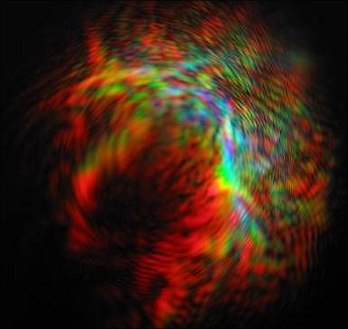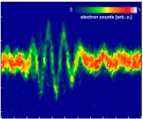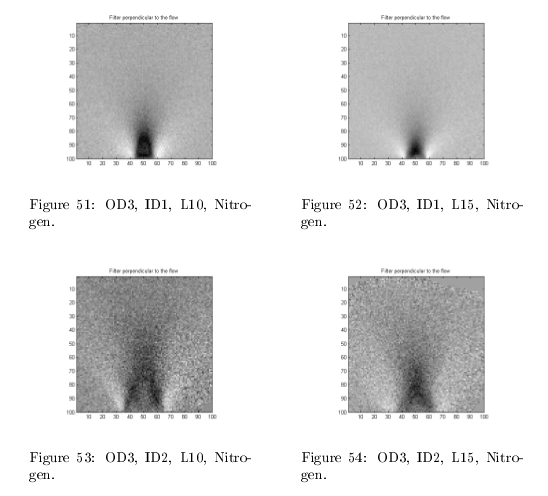Research
Ultrafast Light sources
The backbone of any time-resolving optical experiment is a source of sufficiently short light pulses of the desired wavelength. While modern commercially available ultrafast lasers cover the UV, visible and infrared spectral range (200 nm-20000 nm wavelength), the generation of femtosecond pulses at much smaller wavelengths in the extreme ultraviolet and X-ray regime (100 nm to less than 0.1 nm wavelength) require much more efforts. We use two conceptually very different types of such light sources, laser based light sources and accelerator-based light sources.
Collaborating institutions and scientific programs:
- Photon Science at DESY, Hamburg
- Institute for Quantum Physics, Universität Hamburg
- Exzellenzcluster „CUI: Advanced Imaging of Matter“

Attosecond physics

Studying electron dynamics in the shell of ground-state atoms requires light pulses with a duration approaching the electron's „natural“ time-scale. One (classical) roundtrip of the 1s-electron in hydrogogen, for example, takes 150 as, while the oscillation period of a visible light field already is reaches 2 fs. Soft X-rays at 10 nm wavelength, on the other hand, oscillate within only ~ 30 as - physically they therefore support the creation of sub-fs electromagnetic pulses.
Utilizing a quantum-optical phenomenon, focussing of near- infrared few-cycle laser pulses into an atomic gas yields very high harmonic orders of the fundamental laser frequency. In collaboration with the groups of Prof. Ferencz Krausz at MPQ and Prof. Heinzmann at the University of Bielefeld, pulses as short as ~100 as are routinely generated, representing the shortest isolated light bursts ever created. We apply these pulses in studies of inner-shell electronic dynamics in atoms. The relaxation of highly excited atoms is followed directly in the time-domain.
Collaborating institutions and scientific programs:
- Max-Planck-Institute for Quantum Optics
- Garching Faculty of Physics
- University of Bielefeld Photonics Institute
- Technical University of Vienna
Chemical and surface dynamics

Excitation of molecules and surfaces with X-rays rather than visible light grants access to strongly bound atomic states. For a molecule, the spectrum of the escaping electrons or photons constitute an „atomic finger print“ allowing to quantify its elemental composition and – via observation of „chemical shifts“ – even the chemical environment of a particular atom within the molecular scaffold (electron spectroscopy for chemical analysis ESCA). Excitation of a surface with X-rays of defined circular or linear polarization, delivers also magnetic contrast (X-ray magnetic circular/linear dichroism XMCD/XMLD). Using ultrashort pulses X-ray sources these techniques can now be equipped with a temporal resolution that allows to study the dynamics of even the fastest relevant chemical or magnetic processes in real time.
Collaborating institutions and scientific programs:
- Photon Science at DESY, Hamburg
- Institute for Quantum Physics, Universität Hamburg
Fluid dynamics
In order to investigate the flow of gases ejected from pulsed nozzles used in different experimental setups, there is an ongoing research involving the „Schileren Imaging“ technique.
Some of the experimental data is shown below:
- Evaluation of the speed of the gas jet as a function of time by means of tracing the Mach angle of the Shock wave formations in air medium:

(Copyright: AG Drescher) - Correlation between the dimensions of the nozzle and the shape of the gas jet

(Copyright: AG Drescher) 
(Copyright: AG Drescher) 
(Copyright: AG Drescher) - Ejection of Isobutane at a pressure range of 3 bar into air
- Ejection of Nitrogen at a pressure range of 10 bar into air
- Ejection of Isobutane at a pressure range of 3 bar into vacuum
- Ejection of Nitrogen at a pressure range of 3 bar into vacuum
- Ejection of Nitrogen at a pressure range of 10 bar into vacuum
